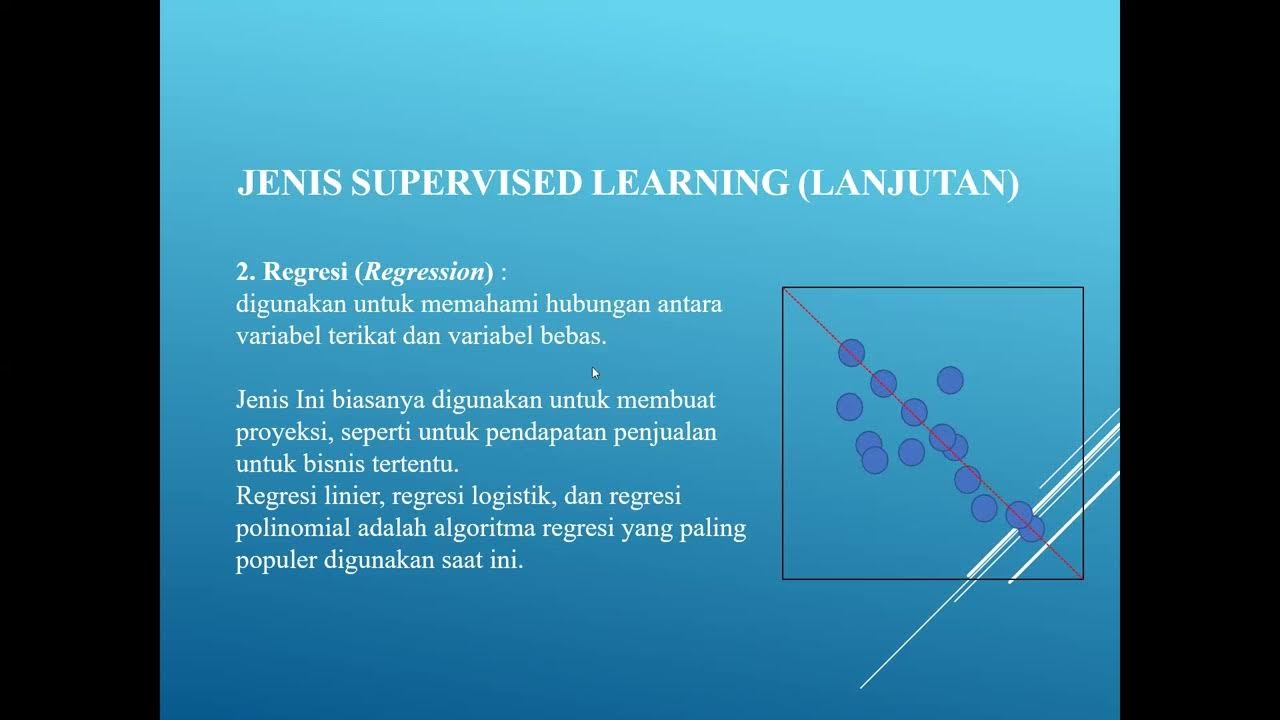Introduction to Forecasting in Machine Learning and Deep Learning
Summary
TLDRIn this talk, Fran, a data science lead at Uber, discusses key forecasting methodologies and their applications within the company. He emphasizes the importance of backtesting to compare different forecasting methods and the role of prediction intervals in making actionable business decisions. Fran highlights three primary use cases: marketplace forecasting, real-time anomaly detection, and hardware capacity forecasting. He introduces advanced techniques like recurrent neural networks for event forecasting, showcasing the impact of external factors on demand. The presentation concludes with insights into Uber's innovative approaches and a call for interest in job opportunities in data science.
Takeaways
- 📊 Takeaway 1: Fran, a Data Science Lead at Uber, emphasizes the significance of forecasting methodologies in various business applications.
- 🔍 Takeaway 2: Uber employs a range of forecasting techniques, from classical statistical methods like ARIMA to advanced machine learning approaches such as recurrent neural networks.
- 🛠️ Takeaway 3: Backtesting is critical for validating forecasting models; chronological testing ensures accurate comparisons of different methodologies.
- 📈 Takeaway 4: Sliding-window and expanding-window approaches are essential for evaluating model performance over time without bias.
- 🌟 Takeaway 5: Understanding uncertainty is crucial; prediction intervals provide insights into the likelihood of forecast accuracy.
- 🚦 Takeaway 6: Uber's marketplace forecasting predicts supply and demand to optimize driver allocation and enhance service efficiency.
- ⚠️ Takeaway 7: The intelligent real-time anomaly detection system reduces false alerts, improving operational reliability.
- 🖥️ Takeaway 8: Hardware capacity forecasting is vital for resource management, preventing both over-provisioning and under-provisioning during peak events.
- 📅 Takeaway 9: Event forecasting is a focus area, with the impact of external factors (e.g., weather, concerts) being incorporated into predictions.
- 📚 Takeaway 10: Uber is actively publishing research in forecasting and is looking for talent to expand its data science capabilities.
Q & A
What is Fran's role at Uber?
-Fran is a data science lead at Uber, where he has been working for about three and a half years.
What were Fran's professional experiences before joining Uber?
-Before joining Uber, Fran completed a postdoc at Caltech, focusing on approximate quantum dynamics.
What are some key forecasting methodologies mentioned by Fran?
-Fran discussed classical statistical approaches like ARIMA and Holt-Winters, as well as machine learning methods such as Quantile Regression Forests and Recurrent Neural Networks.
Why is backtesting important in forecasting?
-Backtesting is important because it allows for the comparison of various forecasting methods to determine which one performs best on historical data.
What are the three main forecasting use cases at Uber that Fran highlighted?
-The three main use cases are marketplace forecasting, intelligent real-time anomaly detection, and hardware capacity forecasting.
How does Uber use marketplace forecasting?
-Marketplace forecasting at Uber involves predicting supply and demand to guide driver partners to high-demand areas that are likely to arise soon.
What are prediction intervals, and why are they critical?
-Prediction intervals indicate the range within which future values are expected to fall, providing a measure of uncertainty around forecasts that helps in making informed business decisions.
What is the sliding window approach in time series forecasting?
-The sliding window approach involves using a fixed amount of training data that moves forward in time for each pass, while testing on subsequent data.
What innovative technique is Uber using for extreme event forecasting?
-Uber is employing recurrent neural networks, specifically long short-term memory (LSTM) networks, to handle sequences and capture the hierarchical structure of time series for extreme event forecasting.
How does Uber ensure the accuracy of its forecasting models?
-Uber compares the performance of its forecasting models against a naive forecast, which assumes that today's value will hold for tomorrow, allowing for a baseline comparison.
Outlines

Dieser Bereich ist nur für Premium-Benutzer verfügbar. Bitte führen Sie ein Upgrade durch, um auf diesen Abschnitt zuzugreifen.
Upgrade durchführenMindmap

Dieser Bereich ist nur für Premium-Benutzer verfügbar. Bitte führen Sie ein Upgrade durch, um auf diesen Abschnitt zuzugreifen.
Upgrade durchführenKeywords

Dieser Bereich ist nur für Premium-Benutzer verfügbar. Bitte führen Sie ein Upgrade durch, um auf diesen Abschnitt zuzugreifen.
Upgrade durchführenHighlights

Dieser Bereich ist nur für Premium-Benutzer verfügbar. Bitte führen Sie ein Upgrade durch, um auf diesen Abschnitt zuzugreifen.
Upgrade durchführenTranscripts

Dieser Bereich ist nur für Premium-Benutzer verfügbar. Bitte führen Sie ein Upgrade durch, um auf diesen Abschnitt zuzugreifen.
Upgrade durchführenWeitere ähnliche Videos ansehen

BUSINESS FORECASTING MENGGUNAKAN ARIMA #datascience #tutorial #machinelearning

Machine Learning at Amazon: Inside the Applied Scientist Role (Salary, Job Market, Skills)

Building Applications with AI Agents — Michael Albada, Microsoft

Pengantar Data sains Pert. 4

Stefan Gross-Selbeck: Business model innovation - beating yourself at your own game

How to Select the Correct Predictive Modeling Technique | Machine Learning Training | Edureka
5.0 / 5 (0 votes)
